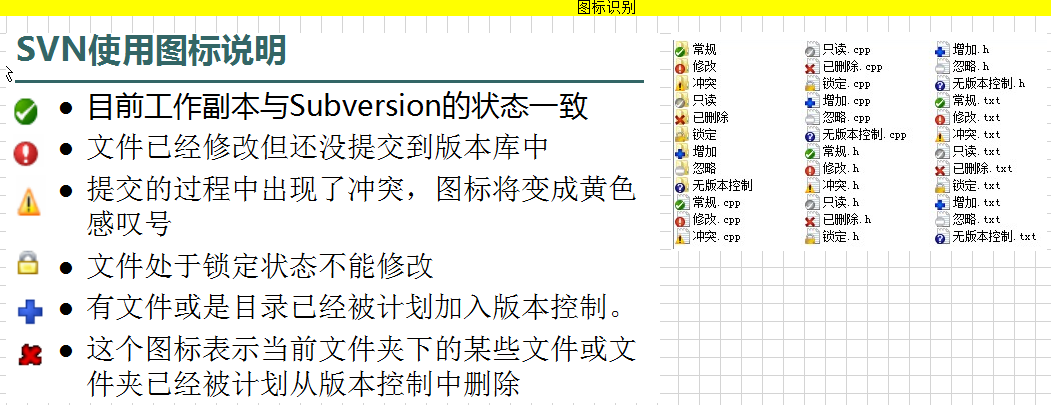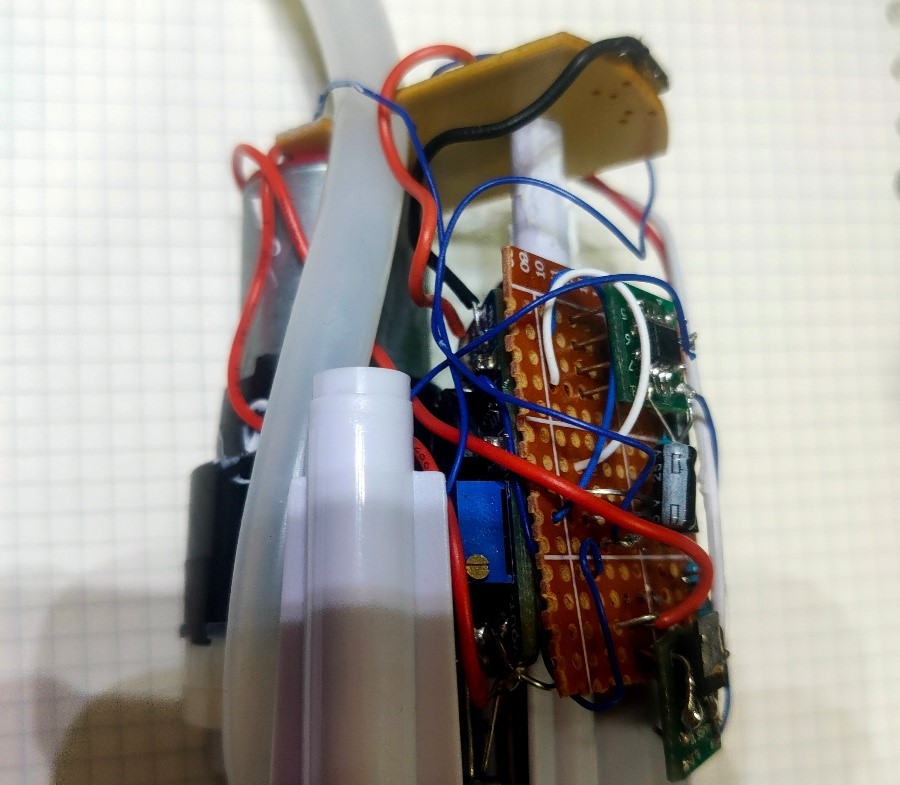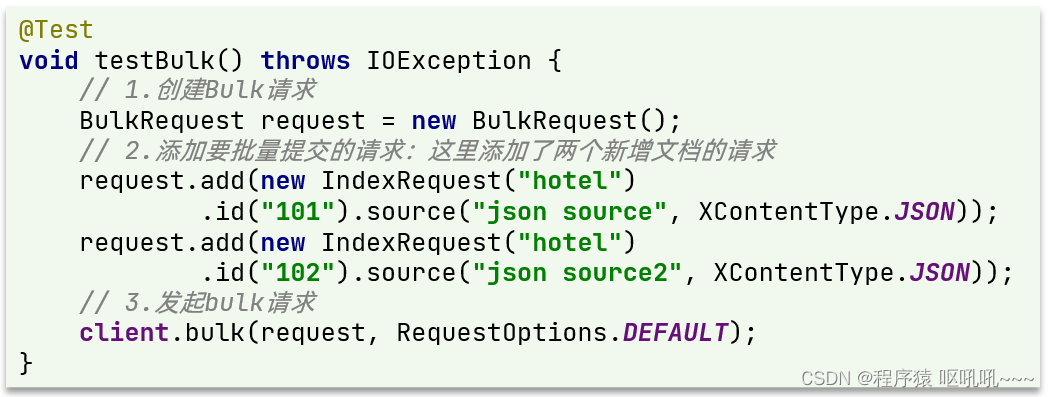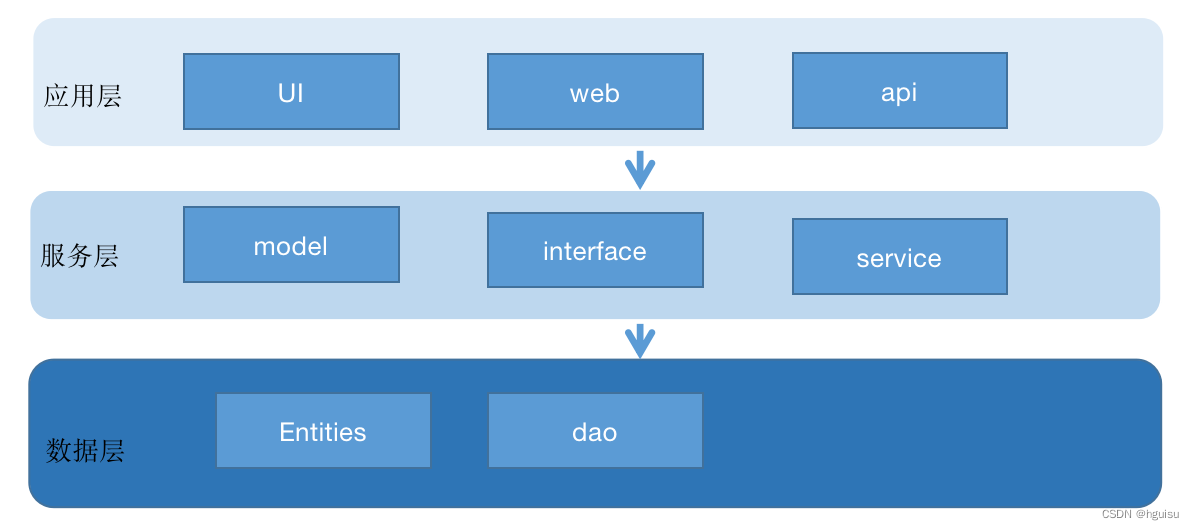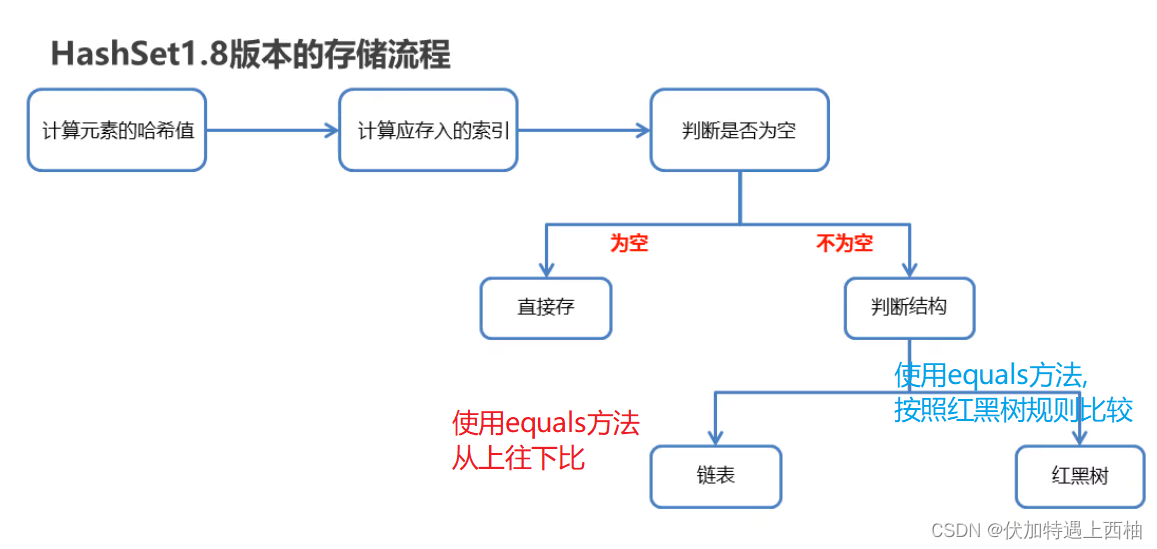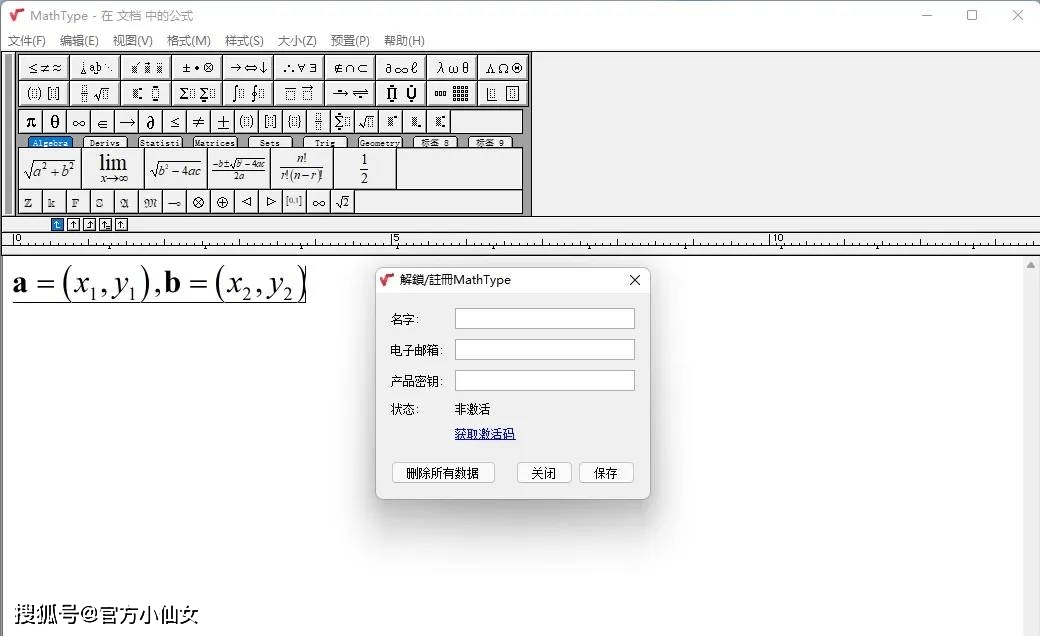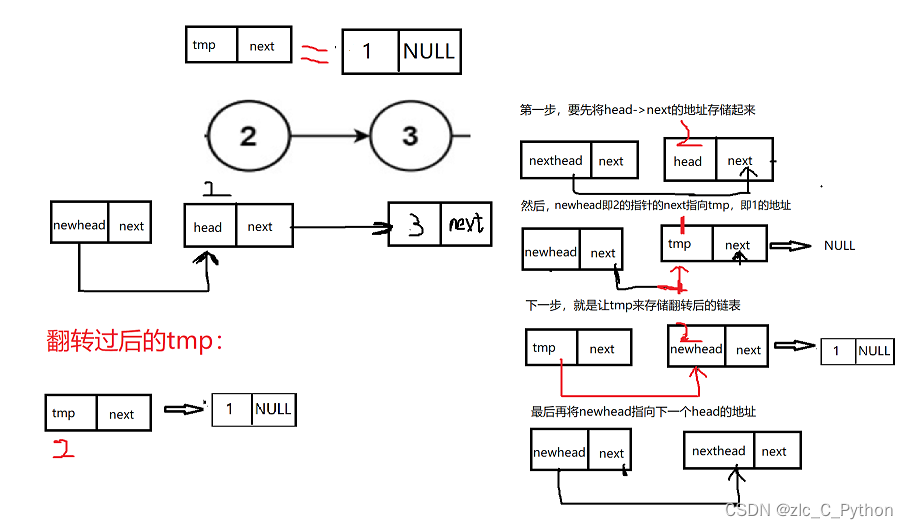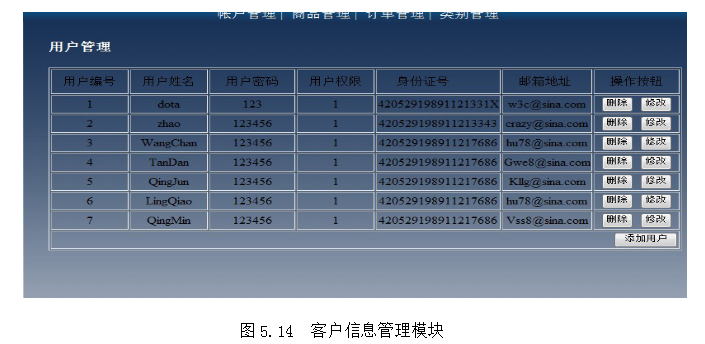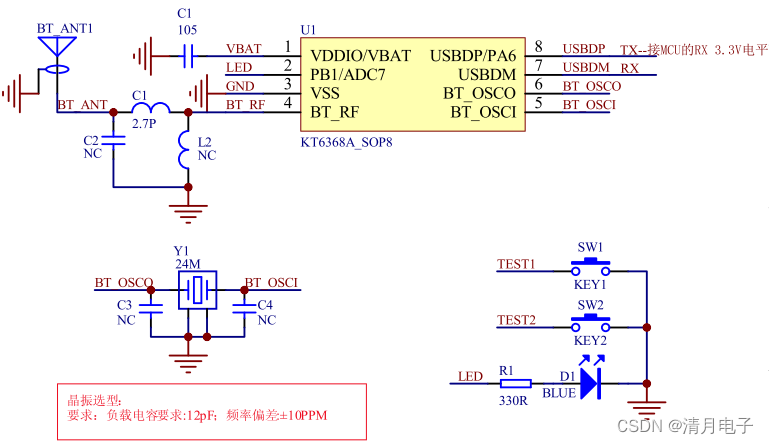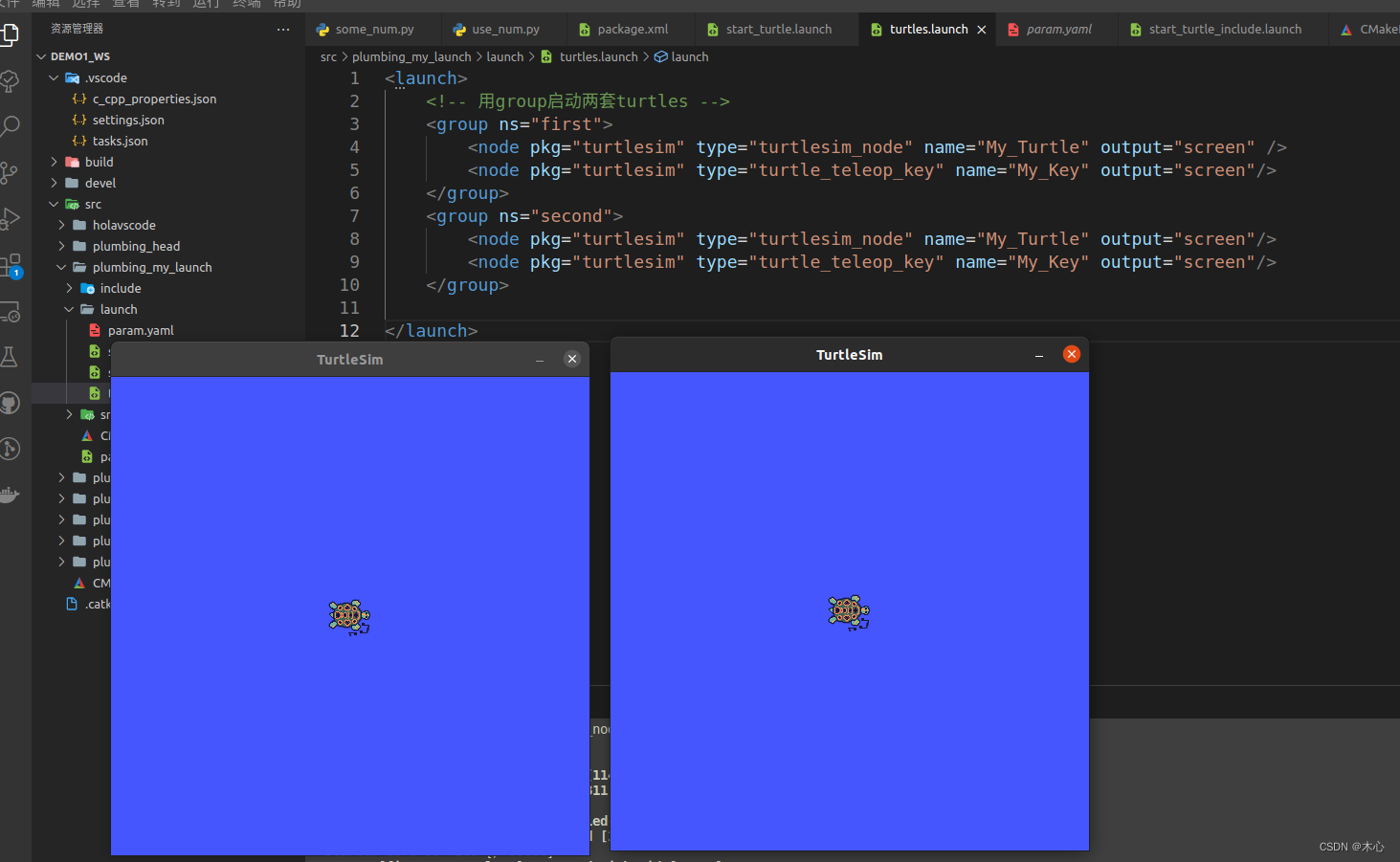1 线程池介绍
由于频繁创建销毁线程要调用native方法比较消耗资源,为了保证内核的充分利用,所以引入了线程池的概念。
📌 线程池优点
降低资源消耗
提高响应速度
方便管理
📌 创建线程池
使用Executors创建
使用ThreadPoolExecutor创建
📌 工作流程

2 Executors创建线程池
📌 三大方法
ExecutorService threadPool = Executors.newSingleThreadExecutor();--创建单个线程
ExecutorService threadPool = Executors.newFixedThreadPool(5);--创建固定大小的线程池
ExecutorService threadPool = Executors.newCachedThreadPool();--创建不固定大小的线程池
📌 代码举例
import java.util.concurrent.ExecutorService;
import java.util.concurrent.Executors;
public class ExecutorsDemo {
public static void main(String[] args) {
ExecutorService threadPool = Executors.newSingleThreadExecutor();
// ExecutorService threadPool = Executors.newFixedThreadPool(5);
// ExecutorService threadPool = Executors.newCachedThreadPool();
try {
//使用线程池创建线程池
for (int i = 0; i < 5; i++) {
threadPool.execute(()->{
System.out.println(Thread.currentThread().getName()+" Ok");
});
}
} catch (Exception e) {
e.printStackTrace();
} finally {
threadPool.shutdown();
}
}
}3 ThreadPoolExecutor创建线程池
📌 七大参数说明
corePoolSize:核心线程数量,线程池维护线程的最少数量
maximumPoolSize:线程池维护线程的最大数量
keepAliveTime:线程池除核心线程外的其他线程的最长空闲时间,超过该时间的空闲线程会被销毁
unit:keepAliveTime的单位,TimeUnit中的几个静态属性:NANOSECONDS、MICROSECONDS、MILLISECONDS、SECONDS
workQueue:线程池所使用的任务缓冲队列
threadFactory:线程工厂,用于创建线程,一般用默认的即可
handler:线程池对拒绝任务的处理策略
📢 官方推荐ThreadPoolExecutor创建线程池
阿里代码规范如下:

源码解析👇
//1.newSingleThreadExecutor
public static ExecutorService newSingleThreadExecutor() {
return new FinalizableDelegatedExecutorService
(new ThreadPoolExecutor(1, 1,
0L, TimeUnit.MILLISECONDS,
new LinkedBlockingQueue<Runnable>()));
}
//2.newFixedThreadPool
public static ExecutorService newFixedThreadPool(int nThreads) {
return new ThreadPoolExecutor(nThreads, nThreads,
0L, TimeUnit.MILLISECONDS,
new LinkedBlockingQueue<Runnable>());
}
//3.newCachedThreadPool
public static ExecutorService newCachedThreadPool() {
return new ThreadPoolExecutor(0, Integer.MAX_VALUE, //21亿
60L, TimeUnit.SECONDS,
new SynchronousQueue<Runnable>());
}
public ThreadPoolExecutor(int corePoolSize, // 核心线程数
int maximumPoolSize, // 最大线程数
long keepAliveTime, // 存活时间
TimeUnit unit, // 存活时间单位
BlockingQueue<Runnable> workQueue, // 阻塞队列
ThreadFactory threadFactory, // 线程工厂
RejectedExecutionHandler handler //拒绝策略) {
this(corePoolSize, maximumPoolSize, keepAliveTime, unit, workQueue,
threadFactory, defaultHandler);
}可以看到Executors创建线程池的三个方法都调用了ThreadPoolExecutor!
4 四大拒绝策略
📌 UML图

📌 要点
AbortPolicy:被拒绝了抛出异常
CallerRunsPolicy:使用调用者所在线程执行,就是哪里来的回哪里去
DiscardOldestPolicy: 当触发拒绝策略,只要线程池没有关闭的话,丢弃阻塞队列 workQueue 中最老的一个任务,并将新任务加入
DiscardPolicy:直接丢弃,其他啥都没有
4.1 AbortPolicy
ThreadPoolExecutor 默认AbortPolicy拒绝策略
public class AbortPolicyDemo {
public static void main(String[] args) {
//自定义线程池!
ExecutorService threadPool = new ThreadPoolExecutor(
3,//核心线程为3
5,//最大线程数是5,包括核心线程
10,
TimeUnit.SECONDS,
new LinkedBlockingQueue<>(3),//阻塞队列数
Executors.defaultThreadFactory());
try {
for (int i = 0; i < 10; i++) {
threadPool.execute(()->{
System.out.println(Thread.currentThread().getName()+" OK");
});
}
} catch (Exception e) {
e.printStackTrace();
} finally {
threadPool.shutdown();
}
}
}控制台输出:

4.2 CallerRunsPolicy
public class CallerRunsPolicyDemo {
public static void main(String[] args) {
//自定义线程池!
ExecutorService threadPool = new ThreadPoolExecutor(
3,//核心线程为3
5,//最大线程数是5,包括核心线程
10,
TimeUnit.SECONDS,
new LinkedBlockingQueue<>(3),//阻塞队列数
Executors.defaultThreadFactory(),
new ThreadPoolExecutor.CallerRunsPolicy());
try {
for (int i = 0; i < 10; i++) {
threadPool.execute(()->{
System.out.println(Thread.currentThread().getName()+" OK");
});
}
} catch (Exception e) {
e.printStackTrace();
} finally {
threadPool.shutdown();
}
}
}控制台输出:

📢 可以看到,多出来的两个线程回到了主线程,因为这10个线程都是从主线程丢到线程池的。
4.3 DiscardPolicy
它会尝试丢掉任务队列中的最早任务,也不会抛出异常。
public class DiscardOldestPolicyDemo {
public static void main(String[] args) {
//自定义线程池!
ExecutorService threadPool = new ThreadPoolExecutor(
3,//核心线程为3
5,//最大线程数是5,包括核心线程
10,
TimeUnit.SECONDS,
new LinkedBlockingQueue<>(3),//阻塞队列数
Executors.defaultThreadFactory(),
new ThreadPoolExecutor.DiscardOldestPolicy());
try {
for (int i = 0; i < 8; i++) {
threadPool.execute(()->{
try {//添加等待时间,防止过早结束
TimeUnit.SECONDS.sleep(1);
} catch (InterruptedException e) {
e.printStackTrace();
}
System.out.println(Thread.currentThread().getName()+" OK");
});
}
//第九个线程,他会尝试插入,替代最老的线程
threadPool.execute(()->{
System.out.println(Thread.currentThread().getName()+" OK11");
});
} catch (Exception e) {
e.printStackTrace();
} finally {
threadPool.shutdown();
}
}
}控制台输出:

📢 可以看到总数还是8个线程,而且“0K11”输出了,说明其中一个线程被顶掉了。
4.4 DiscardOldestPolicy
public class DiscardPolicyDemo {
public static void main(String[] args) {
//自定义线程池!
ExecutorService threadPool = new ThreadPoolExecutor(
3,//核心线程为3
5,//最大线程数是5,包括核心线程
10,
TimeUnit.SECONDS,
new LinkedBlockingQueue<>(3),//阻塞队列数
Executors.defaultThreadFactory(),
new ThreadPoolExecutor.DiscardPolicy());
try {
for (int i = 0; i < 8; i++) {
threadPool.execute(()->{
try {//添加等待时间,防止过早结束
TimeUnit.SECONDS.sleep(1);
} catch (InterruptedException e) {
e.printStackTrace();
}
System.out.println(Thread.currentThread().getName()+" OK");
});
}
//第九个线程,他会尝试插入,替代最老的线程
threadPool.execute(()->{
System.out.println(Thread.currentThread().getName()+" OK11");
});
} catch (Exception e) {
e.printStackTrace();
} finally {
threadPool.shutdown();
}
}
}控制台输出:

📢 第9个线程被丢掉了!
